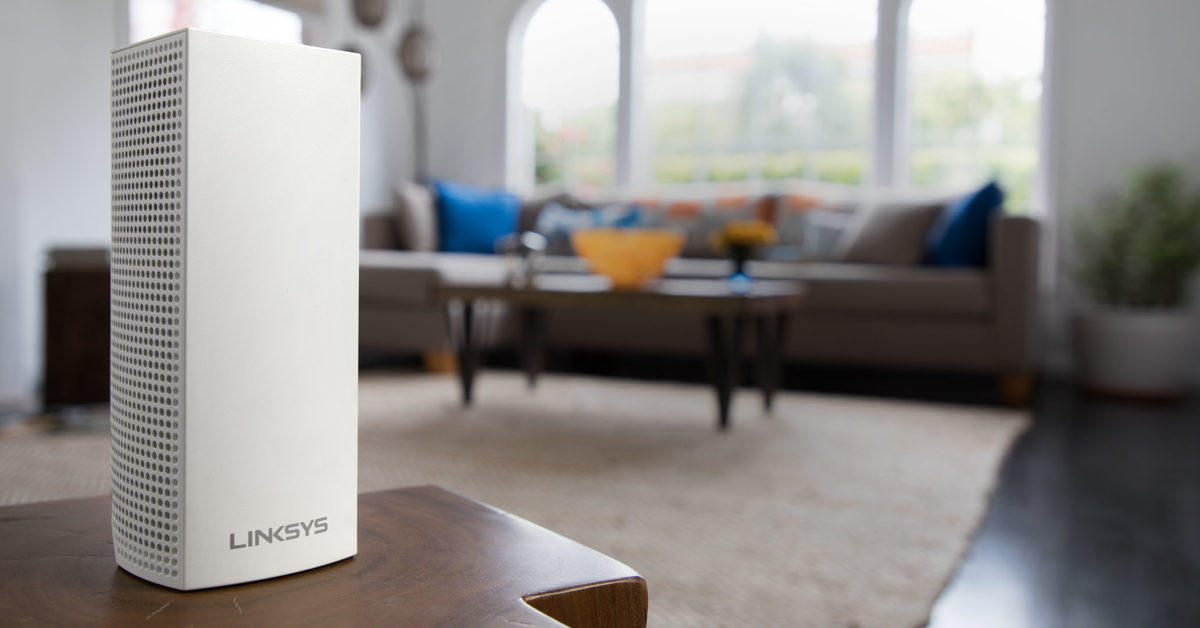Early this month, I was fortunate enough to attend a product launching by Linksys. It’s their first launching here in Davao in many years and what they introduced to us was technology that I’ve been eyeing on for quite a while already.
Mesh wi-fi or mesh networks.
This is a long way off from the first ever Linksys wi-fi router I ever had – the iconic WRT54G.
What is mesh wi-fi?
What it is is having several router units enveloping your entire home with wi-fi signal so you won’t have to worry about signal strength and connection when you’re too far away from your usual router. Let’s face it, we’ve all experienced those moments when we just lost connection or it felt like the internet was dial-up slow and we all hated that.
Mesh wi-fi sounds like daisy-chaining several wi-fi routers so you can extend signal coverage down to your basement (if you have one) or to the farthest corner of your house. It’s not. And for some, you might even say that it’s just the same as installing wi-fi extenders all around your house. It’s not. Those two options are, to me, involve too much work. And it will be a pain to maintain. I won’t even get into the hassle of remembering to connect to the right wi-fi access point that covers a specific area of your house.
Anyway, here’s a video from Techquickie to help explain what mesh wi-fi is really.
The Velop
So here comes Linksys’ Velop. It’s their contender in the whole home mesh wifi arena. There’s already a lot of brands out there that’s offering mesh wifi for our homes. There’s Google, Eero, Orbi and more. Linksys touts the Velop to be the “first true whole home wi-fi”. That’s quite the claim especially when I’m having such a bad experience with another Linksys router. I have yet to see if that’s the case.
Linksys says that they’re using three wi-fi radio antennas “to determine the optimal path from the modem and “parent” node to each “child” node to ensure the fastest speeds”. And that will, hopefully, translate to you not having those erratic connections.
Also, we’ve been told that the Velop also “serves as router, range extender, access point, and bridge” . That means, in theory, if you have a home NAS, you can easily attach that to any of the Velop nodes and that NAS should automatically be “seen” by the other users in your network. If you’re the kind of household that stores and shares with each other a lot of digital media, this plug-and-play ability is going to be heaven-sent.
The Velop is not cheap by Philippine standards. The dual-band nodes start at just below Php.6,000 while the tri-band nodes start at just below Php.12,000. That makes it harder to choose to get the Velop. It’s even more difficult with the availability of so many other wi-fi router brands that are in the sub-2000-peso range. My say here is that it’s about future-proofing yourself. If you invest in one node today, you’re practically setting yourself up for an easier time expanding your wi-fi network. Expanding is easy because every Velop node can work with every other Velop node whether it’s a dual-band or tri-band node.
The biggest draws for me here are the promise of ease of setup, a singular SSID to maintain, better signal coverage, interoperability and compatibility of Velop nodes, minimal loss of speed or none at all.
If I can, I’d love to test drive this solution from Linksys.
Here’s a short video review I found on YouTube.
